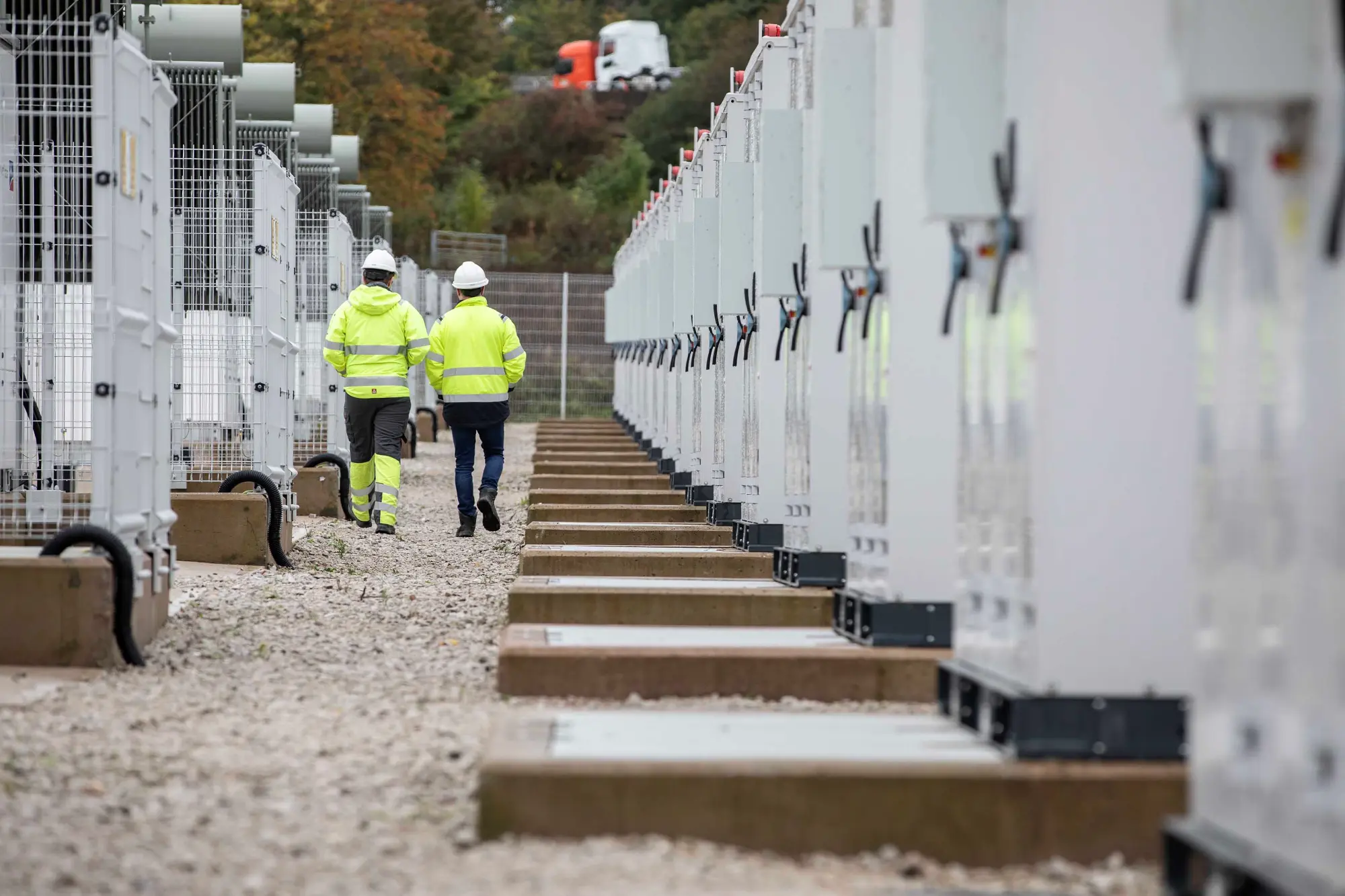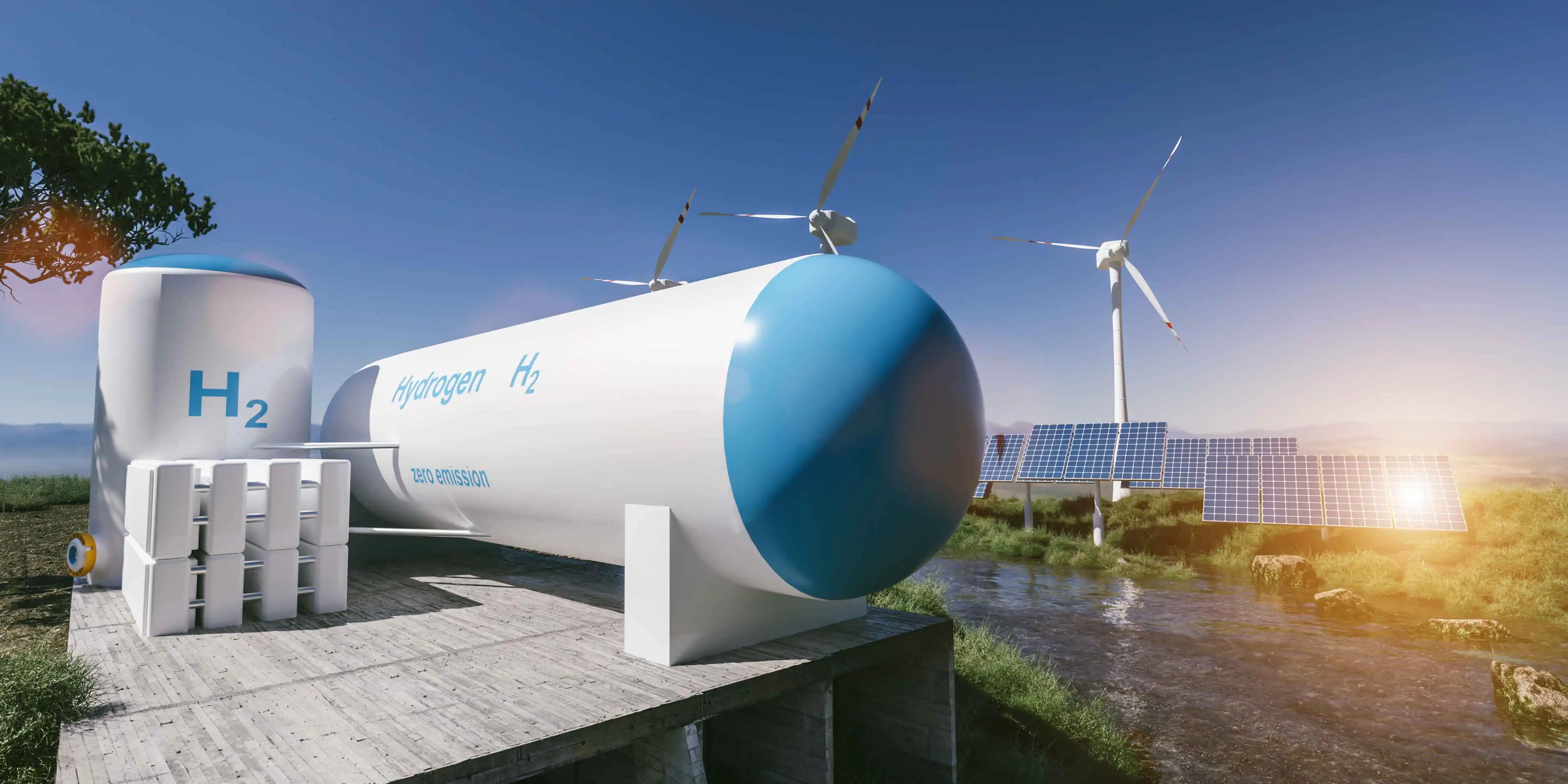Learn more about wind and renewable energy in the UK
25/09/2024 | 6 mins



Wind energy explained: your questions answered
This page intends to answer all your questions and dispel common myths about wind and renewable energy in the UK.
Last updated: September 2024.
Find our how wind energy benefits...
How much of the UK's electricity is renewable?
In 2023, a record 46.4% of the UK's electricity came from renewable sources. That's more than the 36.7% that came from fossil fuels.
Where does the UK's renewable energy come from?
All renewables (wind, solar, hydro, biomass) generated 135,831 terawatt-hours (TWh) of energy.
Wind is the largest source of electricity in the UK, generating 82.309 TWh in 2023.
How is wind energy generated?
Offshore wind, capturing wind energy from our abundant coastlines, provides over 60% of wind energy generation. The remaining ~40% comes from onshore wind farms throughout the UK. The charts below show renewable and wind energy generation from 2023 in TWh.
What happens when the wind doesn't blow?
The UK needs a diverse portfolio of renewable energy for a secure decarbonised power system, meaning alternative sources such as solar power are complementary to wind power. We are also
interconnected with countries including Belgium, Norway and France, enabling us to import electricity at times of high demand and export it at times of high generation.
Short and long duration electricity storage and green hydrogen can balance the system and maximise the output from our wind and solar resources in a cost-effective way.
Deploying up to 20GW of long duration energy storage by 2050 could lead to system costs savings of up to £24bn.
Storage technologies include pumped hydro and lithium-ion batteries, as well as a range of innovative technologies such as green hydrogen, flow batteries, liquid air storage and compressed air storage. Green hydrogen can also be used to decarbonise sectors that are difficult to electrify, such as steel, ammonia and cement.
How many jobs are there in UK wind energy?
Most recent industry estimates show that:
- 32,000 people in UK offshore wind are currently employed, and employment is set to rise to reach over 120,000 to reach 60GW by 2030.
- There are 12,000 jobs in onshore wind (in Scotland alone). Doubling our onshore wind capacity to 30GW will create 27,000 jobs nationwide.
Where are wind farms located?
Wind farms are distributed throughout the UK, and provide high quality jobs throughout their lifecycle - either directly or through the extensive supply chain.
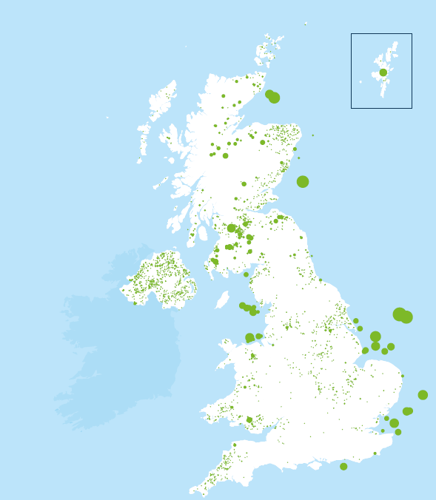
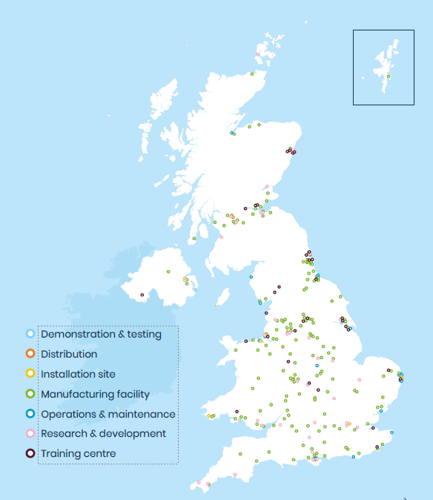
How does the wind industry boost the economy?
RenewableUK analysis shows:
- Each new large offshore wind farm adds £2-3 billion to the UK economy.
- Investment in the offshore wind supply chain will create an economic opportunity worth up to £25 billion for the UK over the next 10 years.
- Delivering 30GW of onshore wind by the end of the decade would boost the economy by £45 billion.
- The wind industry’s supply chain consists of 1,996 companies, with a significant presence in over 70 parliamentary constituencies.
How does the wind industry help households?
Renewable energy is a low-cost form of new electricity generation and is less exposed to volatile international price changes than gas, offering greater energy independence and security.
An energy system dominated by offshore wind would be cheaper for billpayers than alternatives such as gas (with or without carbon capture and storage) or importing power from abroad via interconnectors.
A scenario in which the UK scraps its net zero ambitions in favour of unabated gas would not only leave consumers £39 a year worse off, but would also leave billpayers exposed to the risk of being over £133 worse off each year if the UK were to experience sustained high gas prices, as we have in recent years.
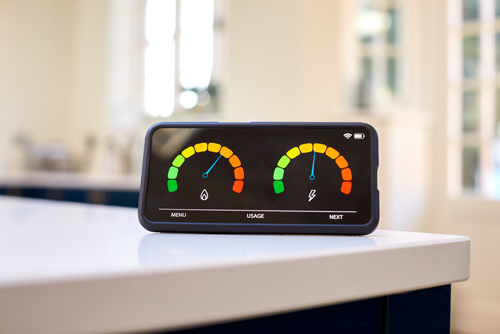

How does the wind industry work with communities?
It is important for the industry to be good neighbours to those working, living, and visiting the areas of projects, and it strives to ensure engagement, involvement, and inclusion of communities throughout the development and operation of onshore wind in the UK. The industry is investing in the communities that host this infrastructure, through initiatives like community benefit funds(CBFs), local electricity discount schemes (LEDS), alongside local and shared ownership schemes
For onshore wind alone, CBF investment for communities closest to wind farms across the UK is estimated to be around £75 million a year. This includes over £55 million in Scotland, more than £10 million in England, over £6.5 million a year in Wales, and more than £3 million in Northern Ireland
How does the wind industry support nature?
Renewable energy is positive for the environment, often enhancing habitats and surroundings over the lifetime of a project, whilst supporting the delivery of aligned targets for nature and biodiversity.
Climate and biodiversity challenges are closely linked and can be tackled together, with developers going through a thorough process to understand and mitigate any potential ecological risks and many committing to ambitious biodiversity positive targets for 2030.

Are wind turbines really sustainable?
The carbon saved throughout a wind turbine’s lifespan is up to 50 times greater than the emissions from its manufacture, construction, operation and decommissioning.
Find out more about wind and renewable energy in the UK
Download the factsheet



